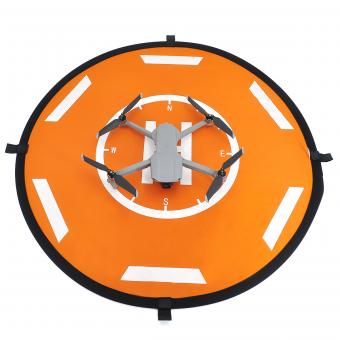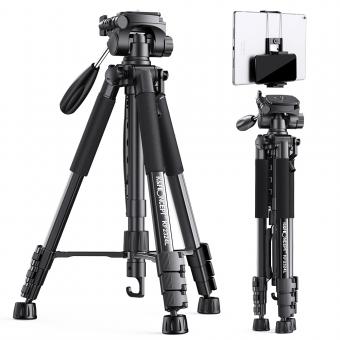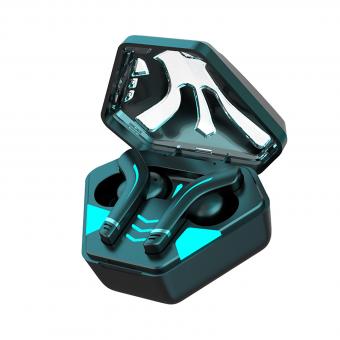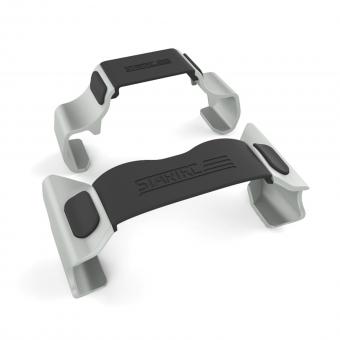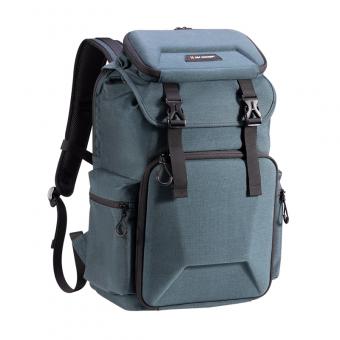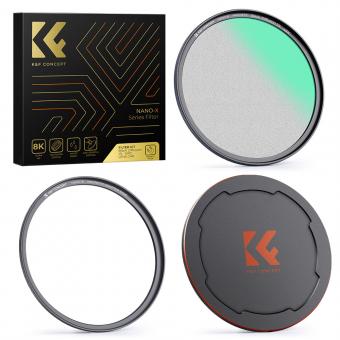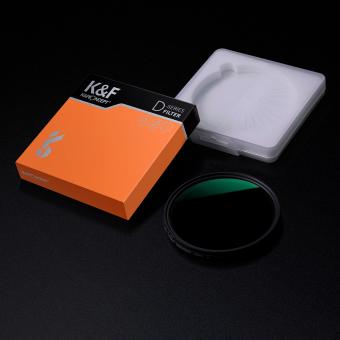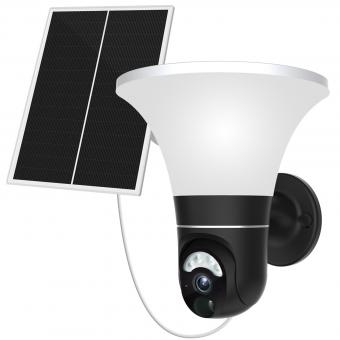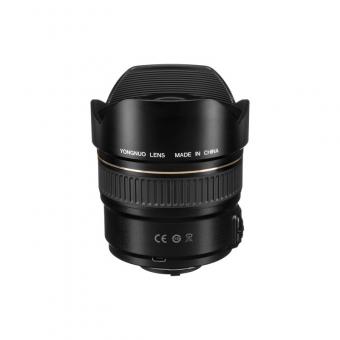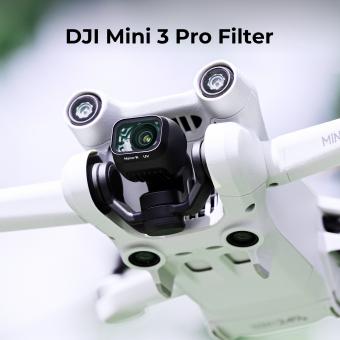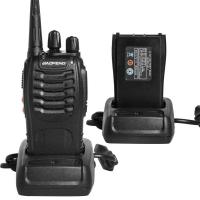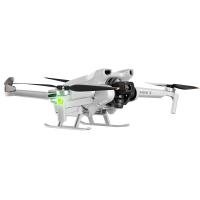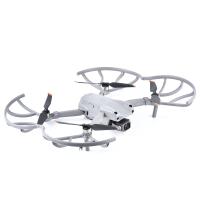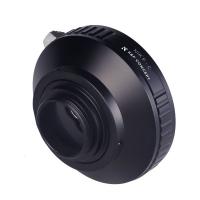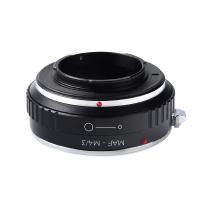Drones That Can Carry Weight ?
Drones that can carry weight are commonly known as cargo drones or heavy-lift drones. These drones are specifically designed and equipped to transport payloads of varying sizes and weights. They are often used in industries such as logistics, agriculture, construction, and emergency services.
Cargo drones come in different sizes and configurations, ranging from small unmanned aerial vehicles (UAVs) capable of carrying a few kilograms to larger drones that can lift several hundred kilograms. They are equipped with powerful motors, larger propellers, and advanced flight control systems to ensure stability and maneuverability while carrying heavy loads.
Cargo drones have the potential to revolutionize various industries by offering efficient and cost-effective solutions for transporting goods and equipment. They can access remote or hard-to-reach areas, bypassing traditional transportation infrastructure. Additionally, cargo drones can reduce the need for human labor and minimize the environmental impact associated with traditional transportation methods.
However, the use of cargo drones is subject to regulations and restrictions imposed by aviation authorities to ensure safety and prevent misuse.
1、 Payload capacity of drones
The payload capacity of drones refers to the maximum weight that a drone can carry while maintaining stable flight and control. Over the years, there have been significant advancements in drone technology, leading to the development of drones that can carry substantial weight.
Initially, drones were primarily used for aerial photography and videography, where their payload capacity was limited to lightweight cameras. However, as the demand for drone applications expanded, so did the need for drones that could carry heavier payloads. Today, there are drones specifically designed for various industries such as agriculture, construction, and delivery services, which require the ability to transport heavier objects.
The payload capacity of drones has increased significantly in recent years. For instance, some industrial-grade drones can carry payloads of up to 20 kilograms or more. These drones are equipped with powerful motors, advanced flight controllers, and sturdy frames to ensure stability and safety during flight.
The ability of drones to carry weight has opened up new possibilities in various sectors. In agriculture, drones can carry and disperse fertilizers or pesticides over large areas, improving efficiency and reducing manual labor. In the construction industry, drones can transport tools and equipment to remote or inaccessible locations, saving time and resources. Additionally, the delivery industry has seen a rise in the use of drones for transporting packages, with companies like Amazon experimenting with drone delivery services.
It is important to note that regulations regarding the use of drones and their payload capacity vary across countries. Safety considerations and airspace regulations play a crucial role in determining the maximum weight a drone can carry. As technology continues to advance, it is likely that we will see further improvements in the payload capacity of drones, enabling them to carry even heavier loads.
In conclusion, the payload capacity of drones has significantly increased, allowing them to carry substantial weight. This advancement has opened up new possibilities in various industries, revolutionizing processes and improving efficiency. However, it is essential to adhere to regulations and safety guidelines to ensure responsible and safe drone operations.
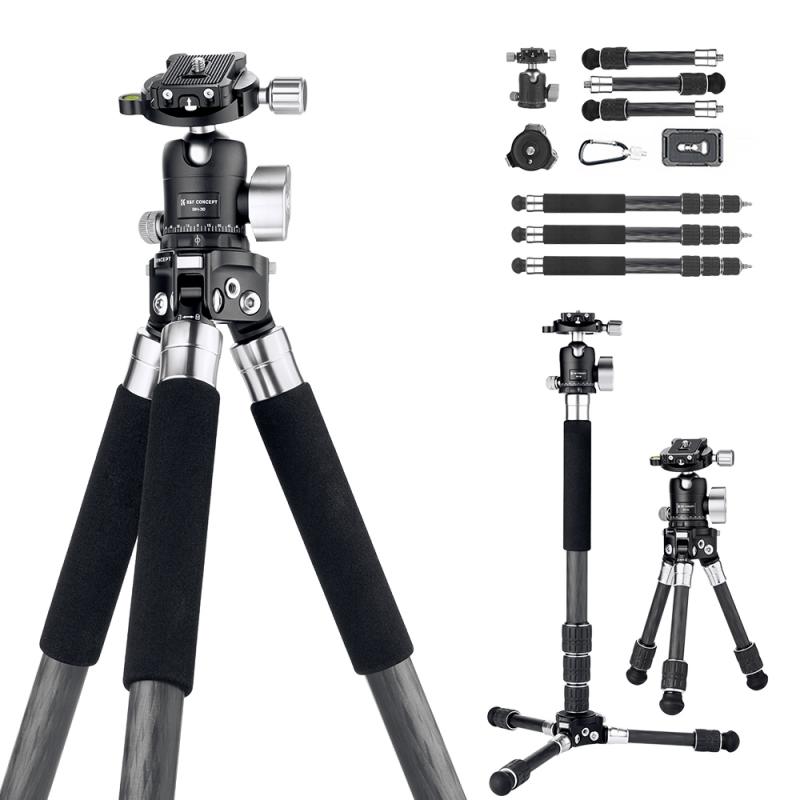
2、 Heavy-lift drone technology
Heavy-lift drone technology refers to the development and utilization of drones that are capable of carrying significant amounts of weight. These drones are designed to handle payloads that exceed the capabilities of traditional consumer drones, opening up a wide range of possibilities for industries such as logistics, construction, and agriculture.
One of the key advancements in heavy-lift drone technology is the improvement in motor power and efficiency. Powerful motors enable these drones to generate enough thrust to lift heavy loads, while efficient motor designs ensure longer flight times and increased payload capacity. Additionally, advancements in battery technology have allowed for the development of high-capacity batteries that can power these heavy-lift drones for extended periods.
Another crucial aspect of heavy-lift drone technology is the development of robust and durable frames. These drones need to be able to withstand the stress and strain of carrying heavy payloads, often in challenging environmental conditions. Manufacturers have been experimenting with materials such as carbon fiber and aluminum alloys to create lightweight yet strong frames that can handle the demands of heavy lifting.
Furthermore, advancements in flight control systems and navigation technology have made heavy-lift drones more reliable and easier to operate. Sophisticated flight controllers and GPS systems enable precise and stable flight, ensuring the safety of both the drone and its payload. Additionally, the integration of obstacle avoidance sensors and intelligent flight modes enhances the overall efficiency and safety of heavy-lift drone operations.
The latest point of view on heavy-lift drone technology is that it holds immense potential for revolutionizing various industries. For example, in the logistics sector, heavy-lift drones can be used to transport goods over long distances, bypassing traffic congestion and reducing delivery times. In construction, these drones can assist in lifting heavy building materials to remote or inaccessible locations, improving efficiency and reducing manual labor. In agriculture, heavy-lift drones can carry out tasks such as crop spraying or transporting equipment, enhancing productivity and reducing costs.
However, there are still challenges to overcome in the widespread adoption of heavy-lift drone technology. Regulatory frameworks need to be developed to ensure safe and responsible operations, and concerns regarding privacy and security must be addressed. Additionally, advancements in battery technology and flight endurance are necessary to increase the range and payload capacity of heavy-lift drones.
In conclusion, heavy-lift drone technology has made significant strides in recent years, enabling drones to carry substantial weight and revolutionizing various industries. With continued advancements in motor power, frame design, flight control systems, and navigation technology, heavy-lift drones are poised to play a crucial role in the future of logistics, construction, agriculture, and beyond.

3、 Cargo-carrying capabilities of unmanned aerial vehicles (UAVs)
The cargo-carrying capabilities of unmanned aerial vehicles (UAVs), commonly known as drones, have significantly advanced in recent years. Drones that can carry weight have become a reality, revolutionizing various industries and opening up new possibilities for logistics and transportation.
One of the key factors driving the development of cargo-carrying drones is the advancement in battery technology. Lithium-ion batteries have become more efficient and lightweight, allowing drones to carry heavier payloads for longer distances. This has enabled the transportation of goods that were previously impossible or impractical to deliver by traditional means.
Cargo-carrying drones have found applications in a wide range of industries. In the e-commerce sector, companies like Amazon have been exploring the use of drones for delivering packages directly to customers' doorsteps. This not only promises faster delivery times but also reduces the reliance on traditional delivery methods, such as trucks, which can be costly and environmentally unfriendly.
In the medical field, cargo-carrying drones have the potential to revolutionize the transportation of medical supplies and organs for transplantation. These drones can quickly and efficiently deliver life-saving medications, vaccines, and blood products to remote or disaster-stricken areas, where access to healthcare facilities may be limited.
Furthermore, cargo-carrying drones have also been utilized in the construction industry for transporting tools, equipment, and building materials to remote or inaccessible locations. This can significantly improve efficiency and reduce costs in construction projects.
However, there are still challenges to overcome before cargo-carrying drones become commonplace. Safety regulations, air traffic management, and public acceptance are some of the key areas that need to be addressed. Additionally, the development of autonomous navigation systems and advanced sense-and-avoid technologies will be crucial to ensure the safe and efficient operation of cargo-carrying drones.
In conclusion, the cargo-carrying capabilities of drones have evolved significantly, allowing them to carry substantial weight and transform various industries. With ongoing advancements in technology and the continued refinement of regulations, we can expect to see even greater utilization of cargo-carrying drones in the future.

4、 Load-carrying capacity of commercial drones
The load-carrying capacity of commercial drones has significantly improved in recent years, enabling them to carry substantial weights. Drones that can carry weight have become increasingly popular in various industries, including logistics, agriculture, and construction.
One of the key factors contributing to the enhanced load-carrying capacity is the advancement in drone technology. Manufacturers have been able to develop drones with more powerful motors and larger propellers, allowing them to generate greater lift and carry heavier payloads. Additionally, improvements in battery technology have increased flight times, enabling drones to transport heavier loads over longer distances.
In the logistics industry, drones are being utilized for last-mile delivery, where they can transport packages directly to customers' doorsteps. Companies like Amazon and UPS have been testing drones with load-carrying capacities of up to 5 pounds (2.3 kilograms). This has the potential to revolutionize the delivery process, making it faster and more efficient.
In the agricultural sector, drones are being used to spray crops with pesticides and fertilizers. These drones are equipped with tanks that can carry several gallons of liquid, allowing them to cover large areas quickly. Similarly, in the construction industry, drones are being employed to transport tools and equipment to remote or inaccessible locations, reducing the need for manual labor and improving efficiency.
It is important to note that the load-carrying capacity of commercial drones is continually evolving. Researchers and manufacturers are constantly pushing the boundaries to develop drones that can carry even heavier weights. However, it is crucial to ensure that safety regulations and guidelines are in place to prevent accidents and ensure responsible drone usage.



